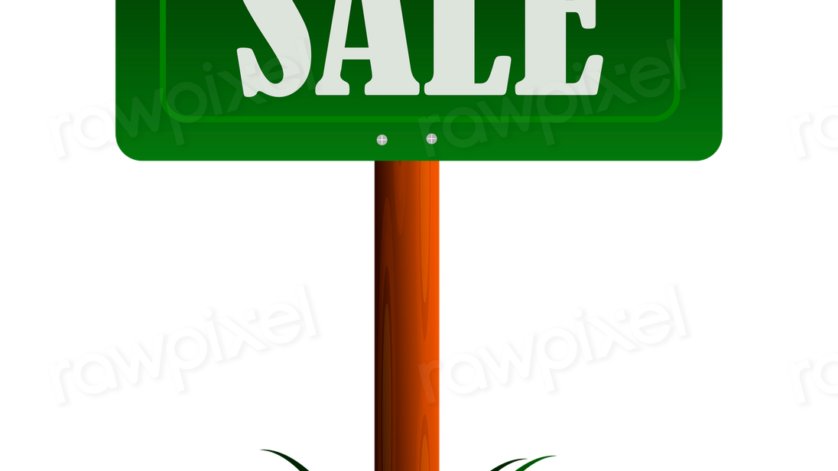In Mastering the Art of Prospecting: A Comprehensive Guide to Uncover Golden Opportunities we talked about how you prospect. Once you find your prospects you need to align your offering with the needs of your client.
In the competitive landscape of today’s business world, crafting a compelling message is crucial for standing out and connecting with your target audience. To achieve this, it is essential to align your offerings with customer needs and effectively communicate your unique selling points (USPs).
Understanding your audience is the first step in creating a message that resonates. Conduct thorough market research to identify the pain points, desires, and preferences of your target customers. By gaining insights into their needs, you can tailor your message to address their specific concerns and aspirations.
Once you’ve gathered this information, align your offerings with the identified customer needs. Highlight the features and benefits that directly address the challenges your audience faces or fulfill their desires. This alignment creates a more compelling narrative, making it easier for potential customers to see the value in your products or services.
One effective way to craft a compelling message is to tell a story. Storytelling engages emotions and helps people connect with your brand on a deeper level. Share success stories of previous customers who benefited from your offerings, emphasizing the transformation or positive impact your products or services had on their lives or businesses. This not only demonstrates the real-world value of what you provide but also builds trust and credibility.
In addition to storytelling, clearly communicate your unique selling points. These are the qualities that set your brand apart from competitors and make it a preferred choice for your target audience. Whether it’s exceptional quality, innovative features, competitive pricing, or outstanding customer service, emphasize these USPs in your messaging.
To effectively communicate your unique selling points, consider creating a value proposition that succinctly captures the essence of what makes your offerings stand out. This should be a concise statement that articulates the benefits customers can expect and why they should choose your brand over others. Use language that is clear, compelling, and resonates with your target audience.
Moreover, leverage various communication channels to reach your audience. From social media and email marketing to traditional advertising and content creation, diversify your approach to maximize your message’s reach. Tailor your content for each platform, ensuring consistency in messaging while adapting to the unique characteristics of each channel.
Regularly assess and update your messaging strategy. The business environment is dynamic, and customer preferences may change over time. Stay informed about industry trends, monitor customer feedback, and be willing to adjust your messaging to stay relevant and appealing to your audience.
Finally, solicit feedback from your customers. Actively seek their opinions on your messaging to understand what resonates and what may need improvement. This not only helps refine your current message but also provides valuable insights for future campaigns.
In conclusion, crafting a compelling message involves aligning your offerings with customer needs and effectively communicating your unique selling points. By understanding your audience, telling engaging stories, and clearly articulating what sets your brand apart, you can create a message that resonates, builds trust, and encourages customer loyalty. Regularly reassess and adapt your messaging strategy to stay relevant in the ever-evolving business landscape.
Want to know the other skills to master check out hubspot.
